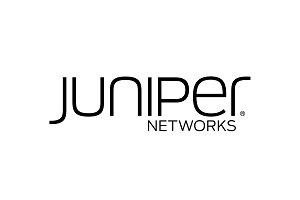UMass Amherst switches to Juniper Networks AI-driven Wi-Fi to boost student engagement and improve digital experiences on campus

Sunnyvale, United States – Juniper Networks, a provider in secure, AI-driven networks, announced that the University of Massachusetts Amherst, the flagship and largest school of the UMass system and the largest public research university in New England, switched to Juniper’s AI-driven wireless network to optimise the digital experience for students, teachers, staff and guests while minimising operational burdens placed on IT staff.
Reliable Wi-Fi became especially important at UMass Amherst as in-person learning resumed in 2021. The university chose to pilot Juniper’s AI-driven wireless platform in residence halls that previously experienced the most Wi-Fi complaints. After two months with no Wi-Fi support tickets, the university began rolling out Juniper wireless across the rest of campus.
The Juniper network leverages Mist AI to proactively identify and fix problems with self-driving actions, which streamlines the campus wireless experience, creates new initiatives, and will enable new initiatives across campuses, like green smart buildings with automatic doors and environmental controls and smart buses with predictive maintenance capabilities.
Juniper’s cloud-based microservices architecture driven by Mist AI delivers a scalable, agile and reliable Wi-Fi environment that constantly optimises the experience of the 32,000 students, 6,400 faculty/staff and over 120,000 devices connected to the UMass Amherst network. Benefits include faster connectivity, better student engagement inside and outside of the classroom, increased health and safety across campuses and better integration for IoT devices.
“With Juniper, we have better visibility into the student experience, while Mist AI and analytics make it easier to diagnose network problems,” says Jim Mileski, chief technology officer at the University of Massachusetts Amherst. “Plus, a modern cloud simplifies the network and improves resiliency. We have less infrastructure to manage.”
Zero-touch provisioning, through the Mist portal and mobile app, made it far simpler to set up thousands of access points than in the past. “With our previous Wi-Fi, outside consultants took two weeks to deploy a new building,” Mileski says. “With Juniper, student workers can deploy a building in two to four hours.”
Comment on this article below or via Twitter @IoTGN
